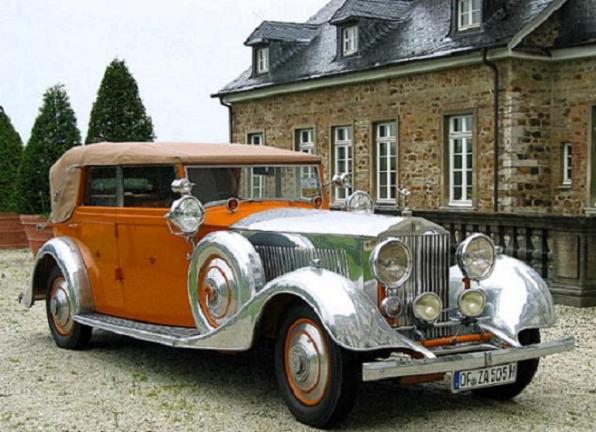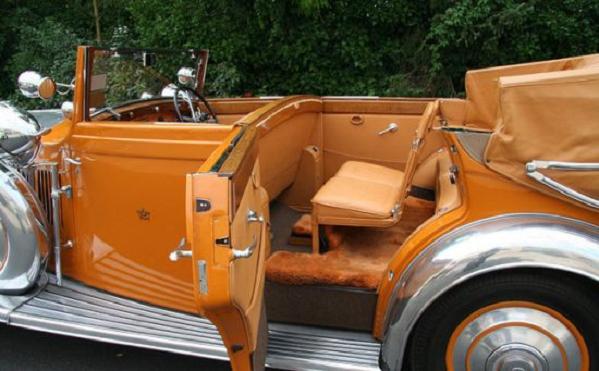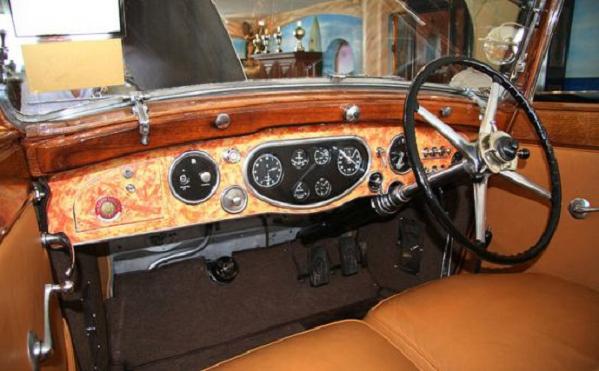His confidence rises from the changing habits of a younger generation of car owners who will want to take their world with them wherever they go via the mobile phone and the change this will bring to the concept of mobility. So which trends in the automotive industry are of interest to the software major?
First off, car makers are investing in technology for sustainability and emissions control. You see ‘green’ cars at all the motor shows. The key for OEMs is time to market, with some like Toyota already there so there’s no time to lose for the others. In this area, MS can provide service to electric vehicles where energy management is critical. The range of an electric battery cannot compare with the standard battery. So, they need smart energy management. “We are also involved in services around the car, like making it easier to navigate and in location-based services,” he said.
An electric vehicle needs improved navigation systems, systems which are intelligent and dynamic. For instance, roads are now in 2-D but in an electric vehicle, if we provide 3-D road maps, these would show the gradient. This has a direct impact on consumption — a gradient means higher consumption. So the user might want to use a road that is flat even if it is a bit longer. We will be doing more in this space, he said.
Will this country be the first to deploy some of Microsoft’s solutions in the volume segment cars? Microsoft’s Car IT, which refers to mobile devices usable in a car, will be customary in next generation cars — cars that will be launched in the next 5-10 years. Dr Braendli expects that in India, with the penetration of the mobile phone, Car IT will be adapted more quickly than in the mature economies. As more Indian OEMs look at exports, they will have to include systems such as these in their products and Microsoft aims to provide basic services like security, user management and other basic services from the computer to work in and on-road environment. But infrastructure is a critical necessity.
So far, Microsoft has Ford Sync, which synchronises the mobile device with the car. It is built into the steering wheel, based on voice commands and has a standard interface with a USB, bluetooth, music, etc. For Fiat, it is Blue&Me, similar to the Ford Sync with some additional features built around it. The USB stick can read data and once the driver gets home, gets a free download on the home computer. Infrastructure, in the form of internet connectivity, safety and security could be problems. On the service side, the company expects to a difference between the volume segment and the premium. “We are in talks with car makers to provide MS Office services in premium cars for which we have done the proof of concept,” Dr Braendli remarked.
The OEMs however want high quality speech recognition and human machine interface, not standard Windows, to manage services inside the car. That ensures driver does not take his hands off the steering wheel.
So if MS Auto increases productivity, why not deployed it on commercial vehicles? Microsoft has begun talks with CV manufacturers, and it is more urgent for them. For a driver of a commercial vehicle, the truck is his home so he needs the PC, television, DVD, and so on, to be used during night halts. This is a huge opportunity there. Also, uptime is critical in fleet management so there are opportunities around remote diagnostics, monitoring the quality of the truck. If the price comes down, CV manufacturers will want such telematics-based service.
What can we expect in future from Microsoft in the automotive space? Much of the advancement would be around more entertainment, including digital radio. Also, an improved navigation system, making it more intelligent. Over the next three years, we will have two releases of MS Auto, extensions of the current versions. These will be standardised and richer and closer to OE requirements.
http://economictimes.indiatimes.com/opinion/interviews/Car-IT-will-be-adapted-soon-in-India/articleshow/5380139.cms
























 He knew the
He knew the 
 Her Passion Coupe is metallic blue with black exterior trim, red interior, and a WIZDOM vanity plate. She's driven her primary car about 1,600 miles thus far, at up to 38 mpg in the city. She also has a 14-year-old pickup truck, but the smart feels roomier to her. It handles well on snow and ice, and fits in parking spots half-filled with snow, she says.
Her Passion Coupe is metallic blue with black exterior trim, red interior, and a WIZDOM vanity plate. She's driven her primary car about 1,600 miles thus far, at up to 38 mpg in the city. She also has a 14-year-old pickup truck, but the smart feels roomier to her. It handles well on snow and ice, and fits in parking spots half-filled with snow, she says. 


